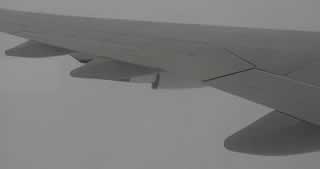The modern wing allows for maximum control of the plane.
The wing can actually increase its surface area to create more lift. The image on the right shows the wing fully extended, the greater surface area now present will cause the a greater force of lift to be developed. This allows the pilot to land the plane at low speeds. During landing slow speeds are needed for safety while lift still needs to be maintained. When flying on a large jet you will notice that the wings are fully extended during take-off. Once again, greater lift is generated while the playing is still increasing its speed for take-off.
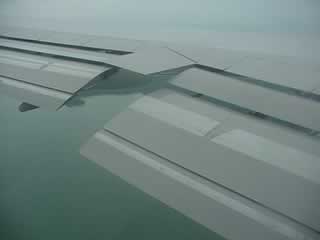
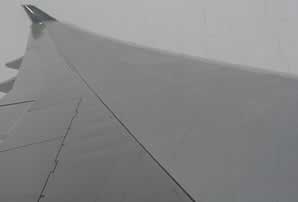
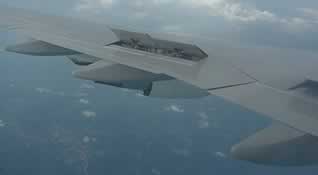
The wing of a plane is shown on the left. Is the plane taking-off or landing? Explain.
Solution
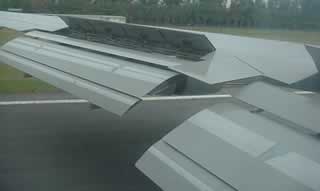
The wing of a plane is shown on the left. Is the plane taking-off at low speeds or is it more likely to be flying at maximum speed? Explain.
Solution
